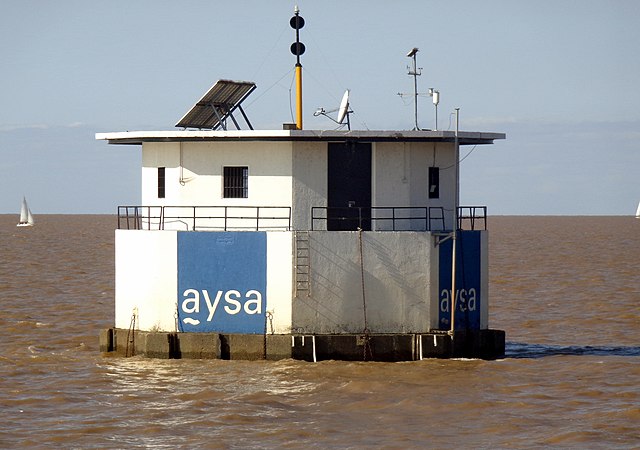Water supply and sanitation in Argentina
Drinking water supply and sanitation in Argentina is characterized by relatively low tariffs, mostly reasonable service quality, low levels of metering and high levels of consumption for those with access to services. At the same time, according to the WHO, 21% of the total population remains without access to house connections and 52% of the urban population do not have access to sewerage. The responsibility for operating and maintaining water and sanitation services rests with 19 provincial water and sewer companies, more than 100 municipalities and more than 950 cooperatives, the latter operating primarily in small towns. Among the largest water and sewer companies are Agua y Saneamientos Argentinos (AYSA) and Aguas Bonarenses S.A. (ABSA), both operating in Greater Buenos Aires, Aguas Provinciales de Santa Fe, and Aguas Cordobesas SA, all of them now publicly owned. In 2008 there were still a few private concessions, such as Aguas de Salta SA, which is majority-owned by Argentine investors, and Obras Sanitarias de Mendoza (OSM).

Bills of Aguas y Saneamientos Argentinos
Agua y Saneamientos Argentinos
Argentine Water and Sanitation is a state-owned company of Argentina dedicated to supplying the public with running water and sewer services. Created in 2006 after the Government of Argentina rescinded the contract with "Aguas Argentinas", a corporate group that had granted concession during the Carlos Menem's administration in the 1990s. This way, 90% of the company remained under the control of the Ministry of the Interior, Public Works and Housing, later falling into the jurisdiction of the Ministry of Public Works when it was reformed back into its own ministerial portfolio.
Palacio de Aguas Corrientes, Aysa main building
River intake structure in Buenos Aires



